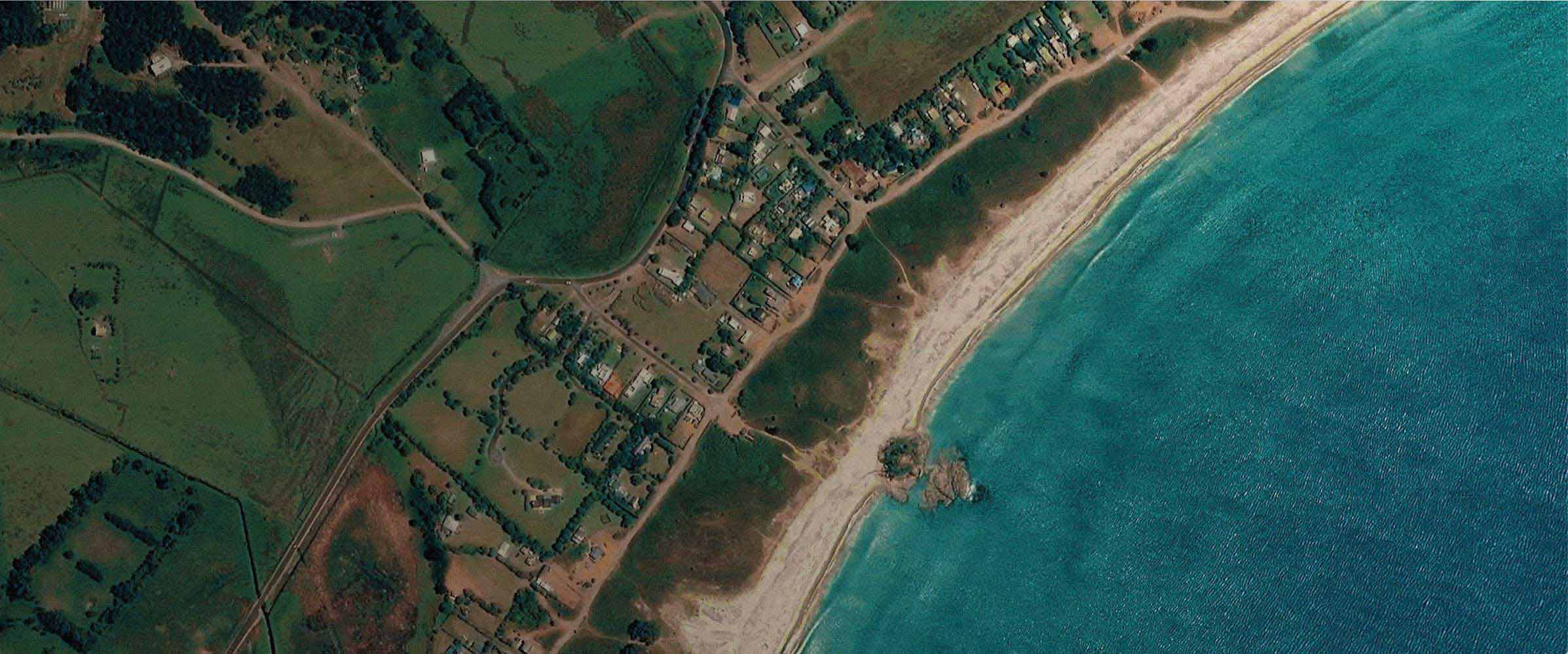NEWARK, CA – May 4, 2020 – RMS®, the leading global risk modeling and analytics firm, announced today at its annual Exceedance conference the release of new European Severe Convective Storm (EU SCS) High Definition Models. The models represent 50,000 years of simulation of hail and straight-line wind and tornado risk and include all key lines of business -- including automobile and property. In addition, the models cover 17* countries in Europe, complementing the RMS European climate hazard model suite.
Severe convective storms in Europe generally occur within the mid-latitudes in summer and can cause extensive loss to vehicles and property. Sometimes viewed as an attritional peril, severe convective storm risk is often managed using historical experience, despite incomplete observational reporting. Recent events have shown the potential cost this peril can cause for the (re)insurance industry. From 2013 to 2019, losses from major and attritional severe convective storms exceeded €12 billion.
The models cover the full spectrum of sources of SCS loss, from localized tornadoes and hailstorms to large derechos. The HD framework enables modeling time-based policy conditions such as hours clauses of varying length, fulfilling the diverse needs of European insurers for underwriting, portfolio management, and capital adequacy. The models were developed based on the latest scientific research and complement the existing suite of RMS climate peril models for Europe, providing users with a holistic view of climate risk across the domain.
Severe convective storms have the particularity to drive significant impact to both property and automobile lines of business. RMS employs innovative technology to model the vulnerability of these two lines. This includes dynamic modeling of automobile movement, helping users understand sensitivity in vehicle vulnerability due to variation in location and time of day.
The RMS Severe Convective Storm HD Models benefit from the HD simulation technology available within the RMS unified cloud platform, RMS Risk Intelligence™ (RI). With the new version of Risk Modeler 2.0™, which runs on RI, HD Models will now be integrated to work in the familiar workflows RiskLink® provides for RMS’s existing users, and the new HD Models are seamlessly integrated with RiskLink models for side by side use. The RMS Severe Convective Storm HD models are available today through Analytical Services, for evaluation and validation, and will be running on Risk Modeler 2.0 for summer 2020.
Mohsen Rahnama, Chief Risk Modeling Officer, RMS said:“RMS’ EUSCS HD Models give a pan-European view of convective storm risk, developed using latest scientific research, and complementing the existing RMS Europe Wind & Flood solutions, providing users with a holistic view of climate risk across the domain. It covers the full spectrum of SCS hazards - from localized tornadoes, diverse hailstorms, to large derechos. We use a hybrid modeling approach combining parametric and statistical methods which best capture storm footprints, and their associated frequency and severity, hence enabling the assessment of cross-peril correlations. The multi-peril stochastic set includes over 7.5 million events, covering 17 countries, based on 50,000 years of simulations, so that we appropriately capture the spatial and temporal scale of convective storm risk in the European modelling domain. This provides in-depth analytics not only on potential loss magnitudes for insurers’ portfolios, but it also captures the geographic and sub-peril correlations accurately. The model is calibrated using billions of Euro property and automobiles claims data.”
RMS High Definition Models are the next generation of risk modeling, delivering greater analysis and granularity than ever before. RMS HD Models have now all undergone a significant upgrade as they transitioned to the Risk Modeler application, which gives them greater flexibility and computational strength. The following models are in addition to the US Flood and US Wildfire HD Models that have been available through Risk Modeler’s earlier version:
- Updated Europe Inland Flood Model suite that covers 18 river basins and over 8,000 catchments across 15 countries in Europe
- Updated Japan Earthquake and Tsunami and New Zealand Earthquake models that both include sub-peril coverage for tsunami, fire-following, liquefaction and landslides
- Updated Japan Typhoon and Inland Flood Model that incorporates the most recent events such as Typhoons Jebi, Faxai and Hagibis.
Each of these models is available today through Analytical Services and for evaluation and validation, and will be coming onto Risk Modeler 2.0 for June-September 2020.
ENDS
* - The 17 countries are: Austria, Belgium, Czech Republic, Denmark, France, Germany, Italy, Liechtenstein, Luxembourg, the Netherlands, Norway, Poland, Ireland, Slovakia, Sweden, Switzerland, and the United Kingdom. France includes Monaco; Italy includes San Marino and Vatican City.






